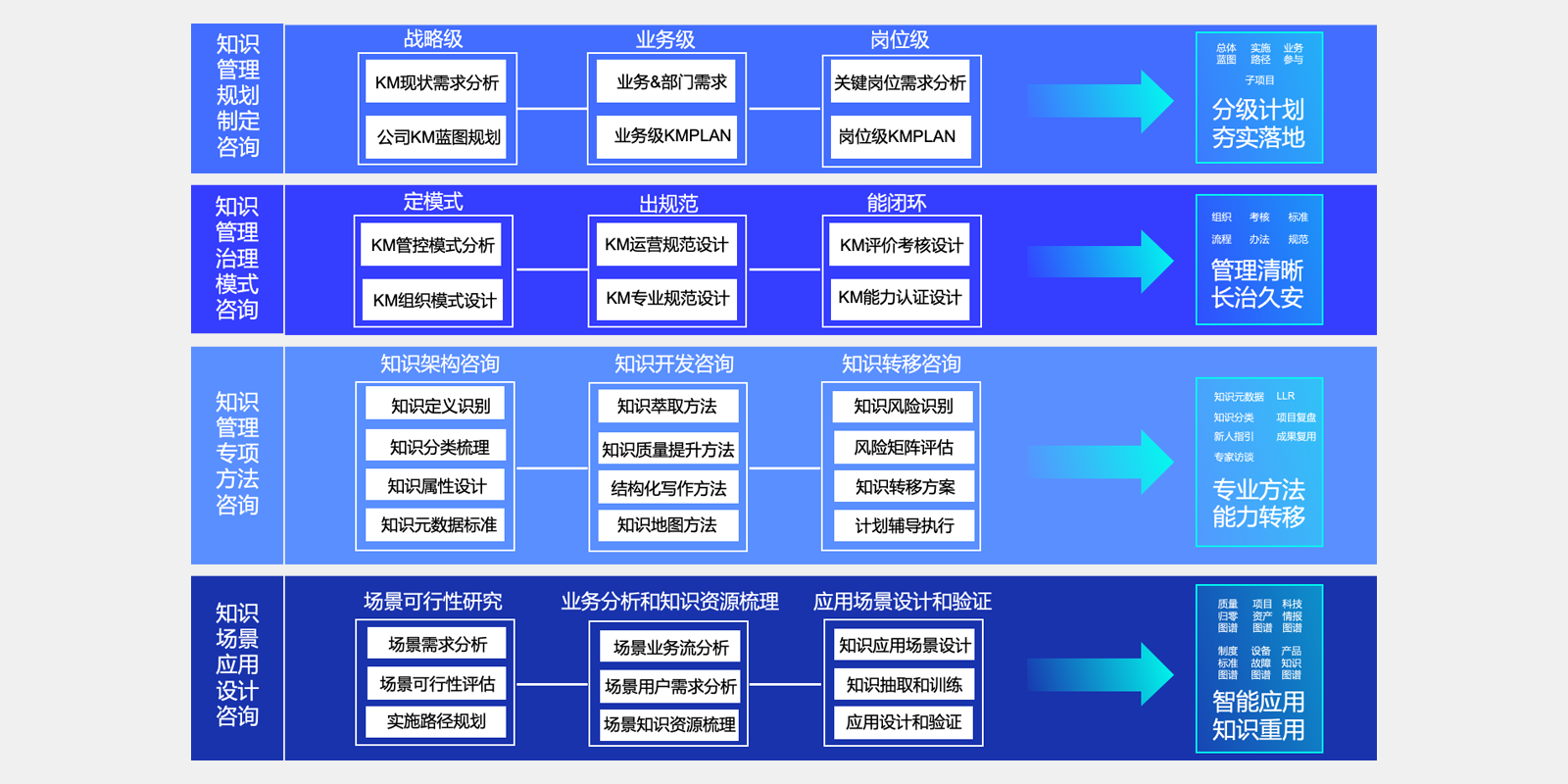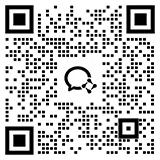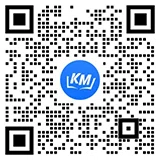
Previwas & Consulting
 language
language
Other value-added services

Workshop Light Consulting Framework
What is a light consulting workshop?
The workshop is a working mode around the specific objectives (pain points, demands) of knowledge management, in which consultants and multi-party representatives of customers (customers as the main body) participate in investigation, discussion, analysis, proposal and action. It is characterized by the client-side participants as the main body and the consultant as the guide, focusing on the theme, objectives, discussion order, process, participant participation and on-site atmosphere of the workshop, supporting the team to achieve creative change and high-quality output.
Main work contents of the workshop
Introduction of ideas
Publicizing the concept of knowledge management for senior management, introducing knowledge management methodology for key users, and providing internal training on the introduction of enterprise concepts.
status quo investigation
Conduct detailed research with the enabling scenario as the core, understand the organization's business and management through multi-dimensional research and mapping, and provide direction guidance for the project, including interview research (understanding the cognition, expectations and suggestions of enterprise leaders and various units on knowledge management), business interview research outline design (covering various issues such as organizational structure, job responsibilities and processes), questionnaire research summary, peer benchmarking, identification of the correlation between business pain point requirements and knowledge management, etc., and feasibility analysis of knowledge management solutions for collected pain point requirements.
Blueprint Planning
According to the current situation, the paper puts forward some suggestions on knowledge management planning, including scene blueprint, content blueprint, function blueprint, integration blueprint and management blueprint, and makes short, medium and long-term planning to clarify the construction content and objectives of different scenes in each stage.
Scene Design
Common scenarios include knowledge management portals, processes, positions and other knowledge maps, knowledge albums, knowledge questions and answers, and expert networks. In addition, personalized knowledge empowerment scenarios can be designed for different industries, such as product development, process manufacturing, equipment maintenance, marketing empowerment, technical standards, equipment portraits, scientific and technological achievements, innovative services and other scenarios in the R & D and manufacturing industry, as well as project maps, talent portraits, scientific research maps, market operations and other scenarios in the scientific research & design industry, scenarios such as policy maps, smart water conservancy, decision-making matters, and government think tanks in the smart government industry, and scenarios such as strategic intelligence analysis, battlefield intelligence analysis, thematic events and event contexts in the smart defense industry. Intuitively reflect the effect of knowledge empowerment, promote team knowledge sharing and transfer, retain the knowledge assets of the inheritance organization, and improve work efficiency.
Content Design
Take inventory of enterprise knowledge identification, including general knowledge identification method, scene knowledge identification and industry benchmarking, sort out the knowledge system, such as inventory of knowledge according to enterprise general knowledge model and scene, build different knowledge bases, clarify knowledge types, sources, collection methods, processing methods, operation methods, etc., sort out knowledge attribute labels and label classification, determine knowledge sources, and standardize knowledge naming and coding, sorting out the approval process and authority of knowledge classification, checking and filling gaps based on service scenarios, forming knowledge maps and extracting knowledge and experience, such as "five-determination method", project team extraction AAR (after-the-fact review method and Lenovo review method), Huawei knowledge harvesting and other methods, while carrying out structured writing and knowledge map construction.
System Design
Build a blueprint of knowledge management system, support the enterprise digital system ecology as a professional enabling base, clarify the integration relationship between knowledge management system and other systems, such as docking with OA system, ERP system, etc., and design the system architecture of intelligent knowledge management platform, including the functions and functions of knowledge portal layer, knowledge application layer, knowledge engine layer, public service layer, knowledge processing layer, basic capability layer, knowledge preparation layer, etc.
mechanism design
Establish knowledge management mechanism to ensure long-term operation, including defining the organizational structure of knowledge management, carrying out integral operation, carrying out data operation, activating knowledge community and refining and processing fragmented knowledge
Task Card
Clarify the task items, task descriptions, time, responsible departments and cooperation departments of each stage.






